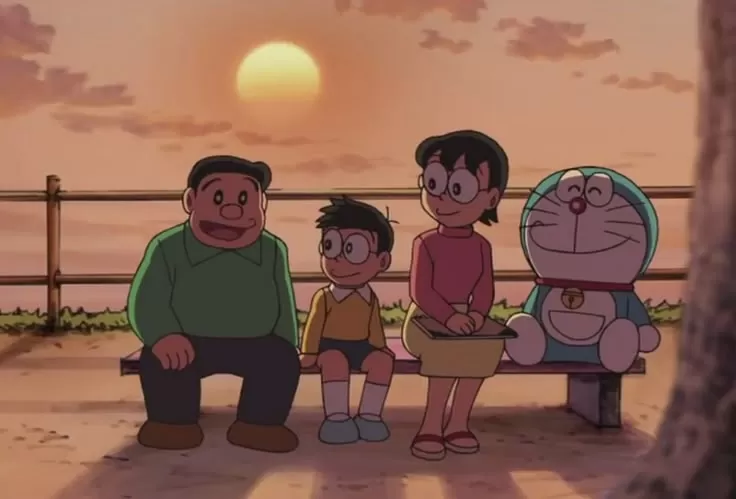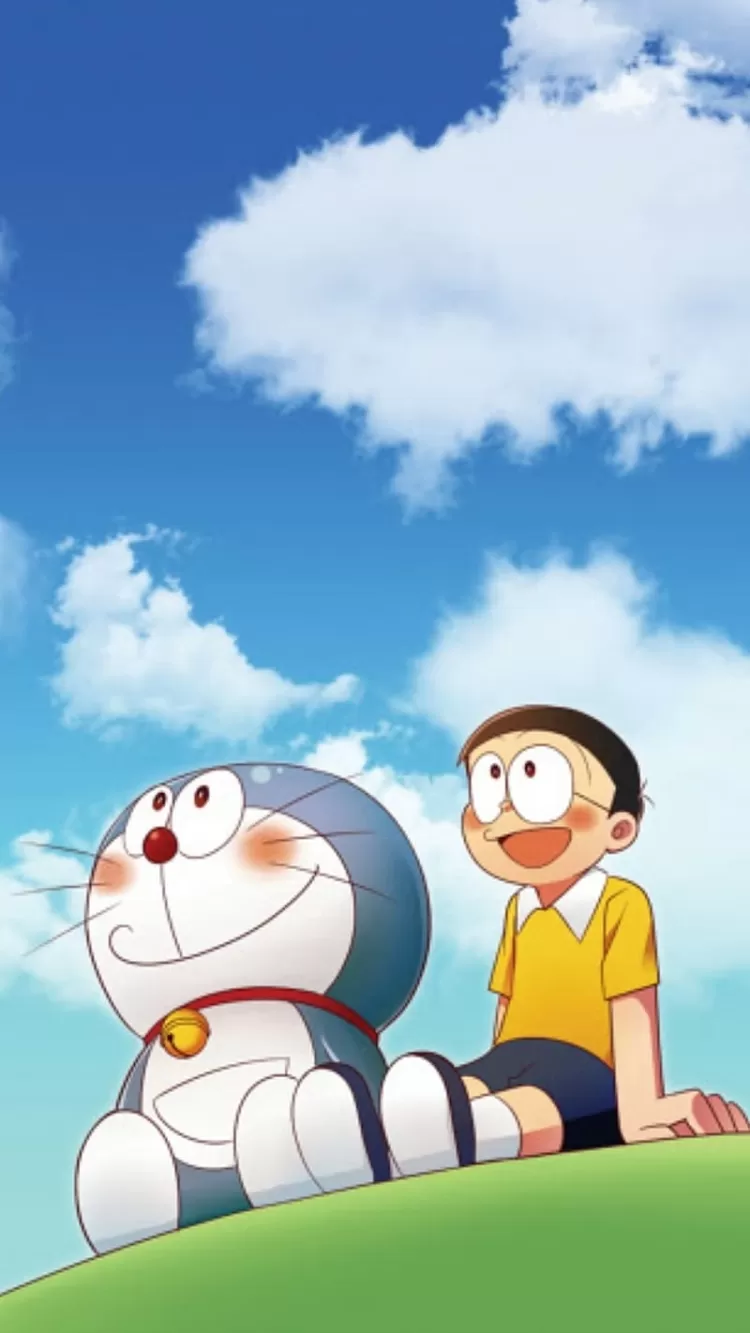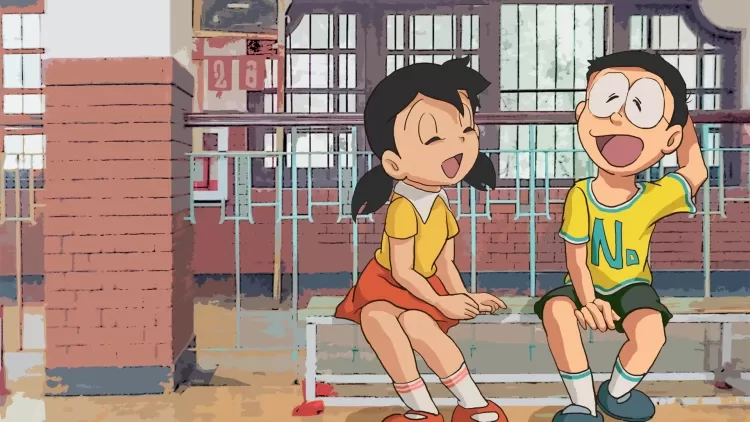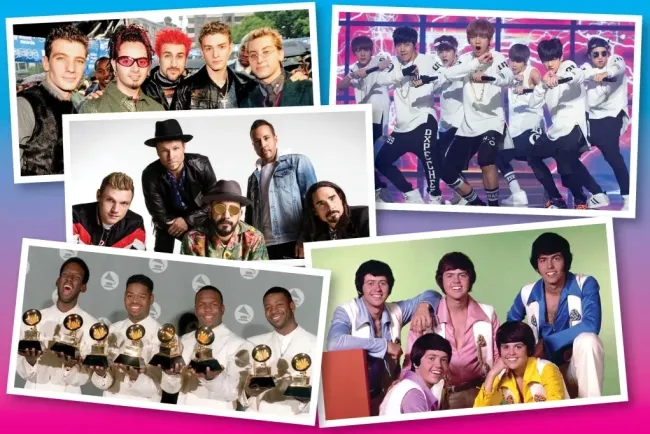Helping Nobita, one gadget at a time!
Doraemon is more than just an animated series about a futuristic cat helping a young boy—it is a cultural phenomenon that has left a lasting impact on millions of people. Through its memorable characters, inventive gadgets, and life lessons, Doraemon remains a timeless classic in animation. Its combination of humor, fantasy, and heartfelt storytelling ensures that it continues to resonate with audiences young and old, solidifying its place as an enduring part of animation history.

Doraemon is a highly cherished Japanese animated series that has captivated audiences globally since its premiere in 1969. Created by Fujiko F. Fujio, the series follows the adventures of a robotic cat named Doraemon, who comes from the future to assist a young boy, Nobita Nobi, in overcoming life's challenges. The series has become a significant part of Japanese pop culture and has garnered widespread popularity around the world due to its engaging plotlines, endearing characters, and meaningful themes.
The Story
At the heart of Doraemon is the dynamic between Doraemon and Nobita. Doraemon, hailing from the 22nd century, is sent back in time by Nobita’s descendants to improve his life, as the boy is predicted to grow up to be unsuccessful, lazy, and prone to failure in both academics and life. Doraemon's mission is to help Nobita by guiding him through his troubles, often using futuristic gadgets from the future to assist him.
What makes the show unique is the magical gadgets Doraemon carries in his 4th-dimensional pocket, a space that contains an endless array of devices with specific functions. These tools, such as the "Anywhere Door" for traveling to any location and the "Time Machine" for time travel, bring an exciting sense of adventure and fantasy. However, the gadgets often have unintended side effects, leading to comical or chaotic situations that emphasize the show's humorous nature.

While the gadgets are central to the plot, the emotional core of Doraemon lies in the relationships between the characters. Nobita, often seen as lazy and inept, has a good heart, and his interactions with his friends, particularly Shizuka, Gian, and Suneo, add depth to the series. Shizuka, kind and intelligent, frequently acts as Nobita’s moral compass. Gian, boisterous and passionate about singing (despite lacking talent), brings humor to the group, while Suneo enjoys teasing Nobita and can be a bully, though his character is more complex than it appears.
Despite its humorous and fantastical elements, Doraemon explores deeper themes such as friendship, personal development, responsibility, and perseverance. As the episodes progress, Nobita learns crucial life lessons, allowing him to mature, even though he faces many setbacks along the way.
The Characters
Doraemon, the titular character, is the heart of the series. His calm, patient demeanor and unwavering dedication to helping Nobita make him an endearing figure. Though he often serves as the voice of reason, Doraemon also has his quirks, including a comical fear of mice, which adds an amusing touch to his character.
Nobita Nobi, the main protagonist, is a relatable figure for many viewers. Initially portrayed as lazy and prone to failure, Nobita’s character evolves over time as he learns from his mistakes and forms meaningful relationships. Despite his flaws, Nobita gradually becomes more responsible and strives to improve himself, though he faces many challenges along the way.
Shizuka Minamoto is Nobita’s kind and intelligent classmate, who frequently acts as his moral guide. Her gentle nature makes her one of the most beloved characters in the series. Shizuka also serves as Nobita's love interest, and their relationship remains innocent and pure throughout the series.
Takeshi "Gian" Goda is Nobita’s loud and boisterous classmate with a love for singing, despite his lack of talent. Though often depicted as a bully, Gian also shows moments of kindness and loyalty, revealing a more complex side to his character.
Suneo Honekawa is another of Nobita’s classmates, known for his arrogance and tendency to bully others, especially Nobita. However, Suneo’s character is not entirely antagonistic, and he occasionally reveals a more vulnerable side, adding depth to his role.
Themes and Legacy

Doraemon is not just an animated series for children; it also imparts important life lessons in a way that resonates with viewers of all ages. The themes of perseverance, hard work, and the value of friendship are present throughout the series. Doraemon frequently teaches Nobita valuable lessons-whether it’s solving problems, treating others with kindness, or learning how to cope with failure.
A key message of the show is that, while technology (in the form of Doraemon’s gadgets) can offer temporary solutions, true success and happiness are achieved through personal growth and effort. As Nobita matures, he learns that no gadget can replace the value of personal responsibility and the lessons gained through experience.
The enduring appeal of Doraemon is a testament to its universal charm. It has become a staple of Japanese culture, inspiring numerous manga and anime adaptations, films, video games, and a wide range of merchandise. Doraemon’s iconic blue color and bell on his collar have made him a globally recognized figure.
The show's influence extends beyond Japan, as Doraemon has been translated into many languages and broadcast worldwide. It has captivated audiences in countries across the globe, including India, where it has become a household name among both children and adult.
What's Your Reaction?

















